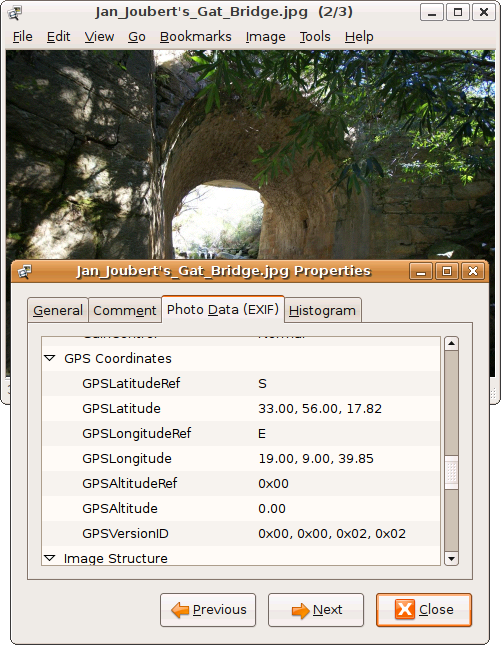The Ultimate guide on how to hunt Elk with a rifle
- Introduction to Elk Hunting
- The Elk Hunting Gear
- Weather Considerations
- Hunting Techniques
- Understanding Elks’ Habitats
- Elk Hunt Tactics
- Preparation for the Hunt
- Hunting Laws and Regulations
- Review and Discussion
Understanding Elks’ Habitats
Understanding and Applying Geo-Tagging in Elk Hunting

Act of associating geographic coordinates to digital media.
Geo-tagging is a powerful tool that can significantly enhance your hunting experience. It involves attaching geographical identification metadata to various media such as photos, videos, websites, and even text messages. This information usually includes latitude and longitude coordinates, though it can also include altitude, distance, and place names. In the context of elk hunting, geo-tagging can be used to mark specific locations where elk have been spotted, track their movements, and plan future hunting strategies.
The Importance of Geo-Tagging in Hunting
Geo-tagging offers several benefits to hunters. It allows you to mark the exact location of your hunting spots, making it easier to return to these spots in the future or share them with others. It can also help you track the movements and patterns of elk, as you can mark where and when you see them. Over time, this can help you understand their behavior and predict where they might be in the future.
Moreover, geo-tagging can be a valuable tool for safety. By marking your route, you can ensure you don't get lost, especially in unfamiliar or challenging terrain. In case of an emergency, it can also help others locate you more easily.
How to Use Geo-Tagging Tools and Applications
There are several tools and applications available for geo-tagging, many of which are free and easy to use. These tools allow you to mark locations with a simple tap or click, and you can usually add notes or photos to each location. Some popular geo-tagging apps include Google Earth, onX Hunt, and HuntStand.
To use these tools, you'll typically need a device with GPS capabilities, such as a smartphone or a GPS unit. Once you've marked a location, the tool will automatically record the coordinates. You can then view these locations on a map, add additional information, or share them with others.
Ethical Considerations and Legalities of Geo-Tagging in Hunting
While geo-tagging can be a powerful tool, it's important to use it responsibly. Sharing specific locations of wildlife can lead to overcrowding and overhunting, which can harm the animals and their habitats. Therefore, it's important to be mindful of how and with whom you share this information.
In terms of legality, laws regarding geo-tagging can vary by location. In some areas, it may be illegal to use electronic devices to aid in hunting, which could include geo-tagging. Therefore, it's crucial to understand the laws in your area before using these tools.
In conclusion, geo-tagging is a valuable tool for modern hunters. It can enhance your understanding of elk behavior, improve your hunting strategies, and increase your safety. However, it's important to use this tool responsibly and in accordance with local laws.